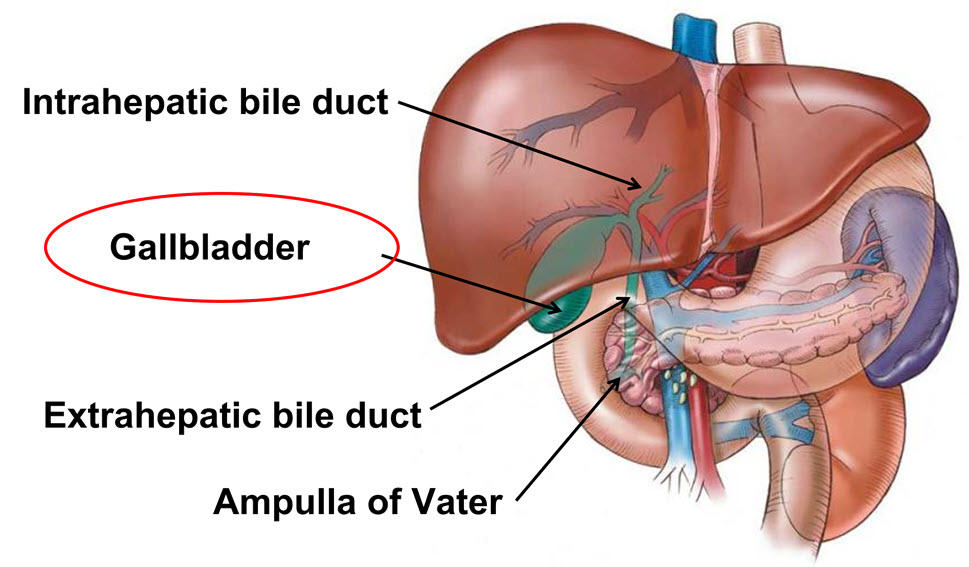Overview
Biliary tract cancers are often lumped together because they are rare. However, cancers that develop in the different parts of the bile duct—the gallbladder; the intrahepatic bile duct (part of the bile duct that is inside the liver); the extrahepatic bile duct (part of the bile duct that is outside of the liver); and the ampulla of Vater, (where the common bile duct and the pancreatic duct come together at the small intestine)—have different epidemiological and molecular characteristics, suggesting that the etiology of these cancers is different. Because these cancers are rare in much of the world, they are often lumped together—especially in prospective cohort studies since these studies are often too small for many biliary tract cancers to develop. Unfortunately, lumping biliary tract cancers together can mask true effects at different cancer sites if the effects vary by site.
The Biliary Tract Pooling Project (BiTCaPP) was created to address this issue. BiTCaPP includes data from 30 international prospective studies, comprising nearly 3 million participants and over 5,000 biliary tract cancer cases. The goal of BiTCaPP is to evaluate the contribution of risk factors throughout the biliary tract, providing important insight into etiologic heterogeneity that exists at various sites.
Publications
Find publications from the Biliary Tract Cancer Pooling Project.
For more information, contact Jill Koshiol, Ph.D.
Infections and Immunoepidemiology Branch - Research Areas
